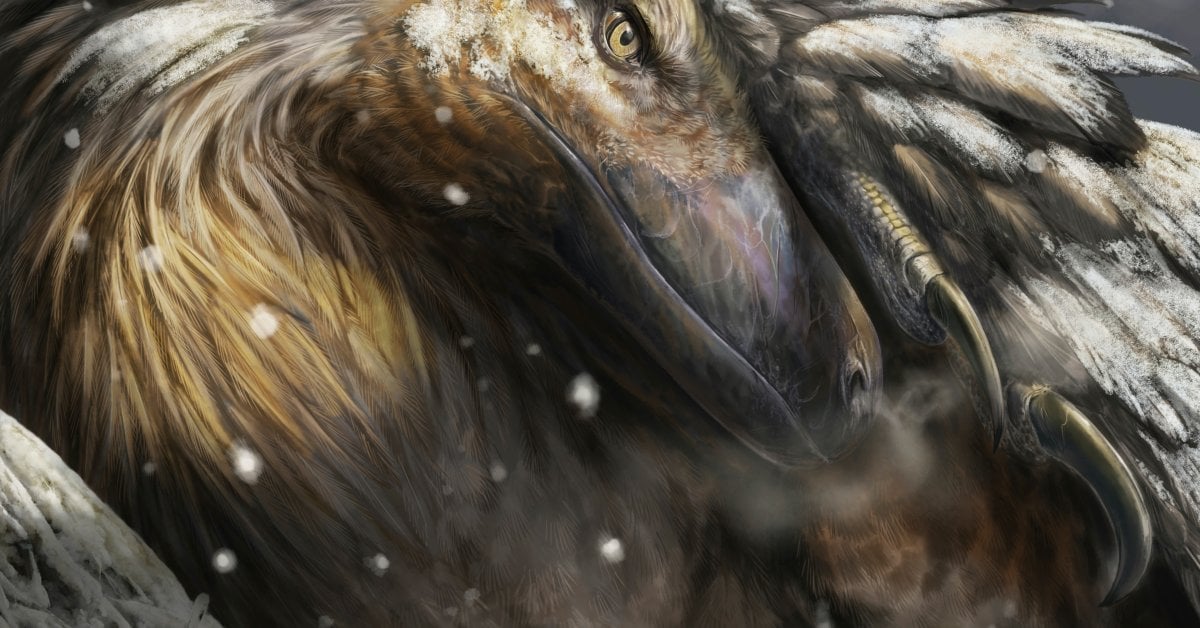
(DALLAS) — Scientists once thought of dinosaurs as sluggish, cold-blooded creatures. Then research suggested that some could control their body temperature, but when and how that shift came about remained a mystery.
Now, a new study estimates that the first warm-blooded dinosaurs may have roamed the Earth about 180 million years ago, about halfway through the creatures’ time on the planet.
[time-brightcove not-tgx=”true”]Warm-blooded creatures — including birds, who are descended from dinosaurs, and humans — keep their body temperature constant whether the world around them runs cold or hot. Cold-blooded animals, including reptiles like snakes and lizards, depend on outside sources to control their temperature: For example, basking in the sun to warm up.
Knowing when dinosaurs evolved their stable internal thermometer could help scientists answer other questions about how they lived, including how active and social they were.
To estimate the origin of the first warm-blooded dinosaurs, researchers analyzed over 1,000 fossils, climate models and dinosaurs’ family trees. They found that two major groups of dinosaurs — which include Tyrannosaurus rex, velociraptors and relatives of triceratops — migrated to chillier areas during the Early Jurassic period, indicating they may have developed the ability to stay warm. A third crop of dinosaurs, which includes brontosaurs, stuck to warmer areas.
“If something is capable of living in the Arctic, or very cold regions, it must have some way of heating up,” said Alfio Allesandro Chiarenza, a study author and a postdoctoral fellow at University College London.
The research was published Wednesday in the journal Current Biology.
Jasmina Wiemann, a postdoctoral fellow at the Field Museum in Chicago, said a dinosaur’s location is not the only way to determine whether it is warm-blooded. Research by Wiemann, who was not involved with the latest study, suggests that warm-blooded dinosaurs may have evolved closer to the beginning of their time on Earth, around 250 million years ago.
She said compiling clues from multiple aspects of dinosaurs’ lives — including their body temperatures and diets — may help scientists paint a clearer picture of when they evolved to be warm-blooded.
































